When I visited TUV Rheinland in Germany last month, I occasionally got a chance to experience Microsoft’s first Hololens.
At the time I was in a huge conference room, the Rhine engineer helped me to put on the equipment and adjust the distance between the eyes. Then there was a holographic projection-like engine component in front of me. I also stretched out the hand. Something. But at the same time, I can still see the real objects around me.
The head of Rheinland told me at the scene that these Hololens are mainly used to provide digital learning for different companies. For example, in auto repair training, component and component assembly and how to operate are often the most difficult knowledge points for employees. It is difficult to obtain a straightforward and figurative understanding based on text, pictures and video, but with AR equipment. This can solve this problem very well.
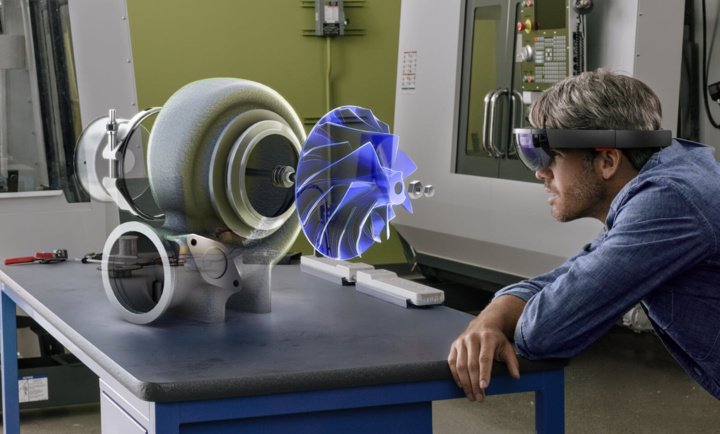
Because of the high price and few application scenarios, this head-mounted AR device released four years ago rarely appears in the mass market. For Microsoft, it’s more of a professional-grade device for large enterprises or third-party developers.
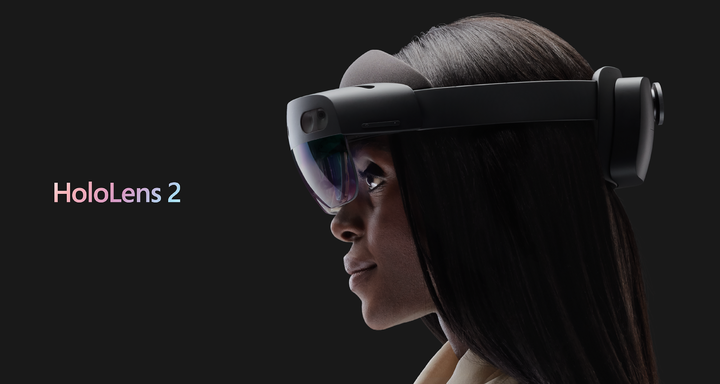
The second-generation Hololens was also released earlier this year. After waiting for more than half a year, Microsoft announced on November 8 that the device will begin shipping in the near future. The $3,500 price means it is still difficult to enter the ordinary family. .
Before the sale, FastCompany also visited Microsoft’s development The team shared some of the story of Hololens 2’s design process and Microsoft’s thinking about this forward-looking technology device.
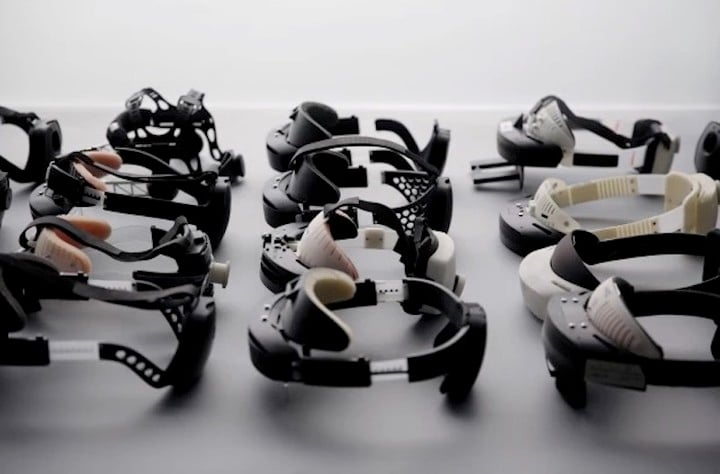
One of the points is the adjustment of the center of gravity. The original Hololens has a weight of 579g, which is equivalent to three iPhone 11 Pro on your head, and there are still top-heavy conditions.
My previous experience also found that once the user shakes his head or touches a person with a lower nose, Hololens will slowly slide down like a pair of glasses, and occasionally have to use the other hand to lift the device up. .
Microsoft also listened to feedback from early adopters and decided to modify the structure of Hololens 2. They placed some components, such as batteries, in the back of the head instead of the front forehead, moving the center of gravity of the entire device back, maintaining a balance of 50% of the weight before and after.

But from a hardware perspective, doing this is more difficult than designing. It means that the hardware team needs to separate the already integrated components and boards into two parts, one on the forehead and the other on the back of the head, and then connected together using the wiring inside the headbands on both sides.
“Hybrid reality devices value the speed of response, because when you move your body, the device has to detect your head or gestures, and then give you feedback in time.” Microsoft engineer Alex Kipman said that he is also Hololens One of the behind-the-scenes projects.
Although the weight of the Hololens 2 did not decrease much (only 13g), the development team stressed that it is 3 times more comfortable to wear than the original, and the new polymer protection pad prevents you from picking up the device. When there is a hair clip.

The comfort of Hololens 2 is also reflected in another point. Now bigWhen some VR/AR devices are used for a long time, extreme eye fatigue will occur. At this point, the user often needs to take the entire device off and let the eyes rest.
But on Hololens 2, Microsoft designed the eyecup part as a fold-over structure, making it easy for users to switch between virtual and reality at any time.
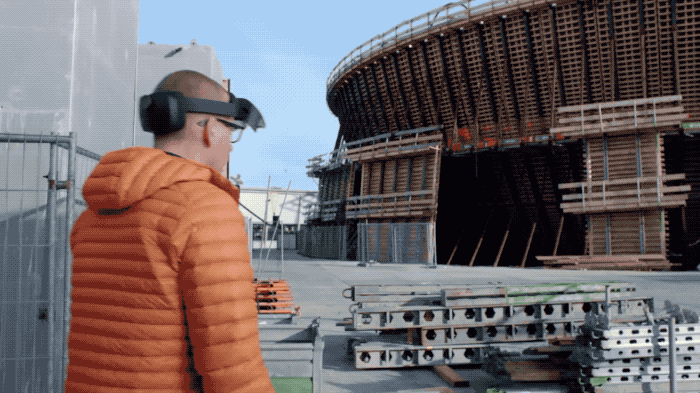
“It’s like a double-layered sunglasses, I can flip the lens up, but the Hololens 2’s headband will still be fixed to the head,” said Mark Wilson, author of FastCompany. Microsoft told him that this is a feature-driven design. They thought it was funny at first, but it would make people get used to it and become instinct.
At the same time, the foldable eye mask also allows Hololens 2 users to communicate with others in a more open and natural manner without having to stay behind the lens.
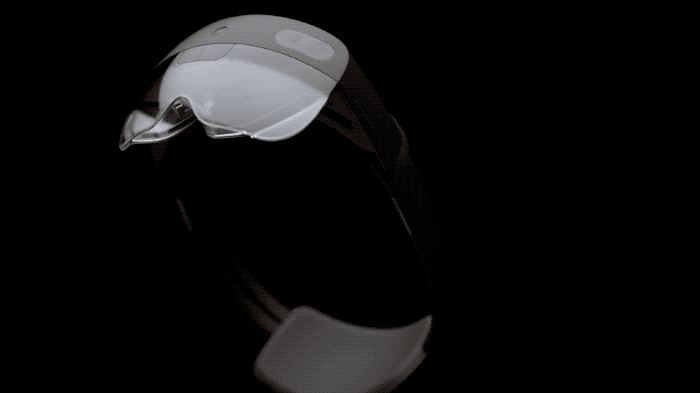
In addition, Microsoft’s ergonomics lab provides a lot of data support for Hololens 2’s design. They used a 3D scanning instrument to collect about 600 human heads of different ages and genders, hoping to calculate the threshold of the forehead and the occipital bone of the back of the head.
These two values vary depending on the head shape, but Hololens 2 can’t make a very suitable protective pad for each type of head, only find the most versatile design, and let the user rely on the adjustment head. Band size to ensure device stability.

Hololens 2 also significantly increased the field of view. The “field of view” referred to here refers to the display content that can be seen by both eyes after wearing the device.
A lot of people have spit out the first generation Hololens can see very limited things. On the surface, you think the official promotional video is cool, thinking that you can also see the hologram filling a whole room.projection.
It’s practical. Your viewport is limited to a small rectangle in the center, just like putting a huge display screen one meter away from you. When you turn your head, the edges of some holographic images are also “cut” off.

In the Hololens 2 generation, Microsoft has expanded the viewable area by a factor of two, and based on the newly developed MEMS laser scanning technology, the color contrast of the image has been further improved.

If you are wearing Hololens 2 for the first time, you will first see a flapping hummingbird, and you can reach out and interact with it. Many people think that this is just a demo Demo, but in this interactive process, the system is also quietly working on the gesture calibration recognition.
However, it is still difficult to reproduce the holographic projection effect in the propaganda video. There are optical technology limitations, performance and endurance considerations. Microsoft can only gradually become the most ideal. Work hard.

“Hololens will definitely turn into a pair of very lightweight glasses, just like the ones you see in the mall.” Alex Kipman said: “But the reality is that our technology hasn’t developed that yet.”
Kipman also stressed that Hololens is not a device developed for fashion, he hopes that people can accept its positioning as a professional-grade tool, rather than a ubiquitous accessory, or fashion.
“Fashion may be fleeting, but technology shouldn’t be a flash in the pan. After many years, people will understand the existence of these devices.”
The title map source: HoloLens 2